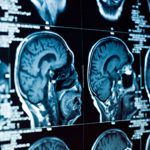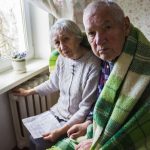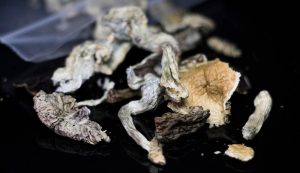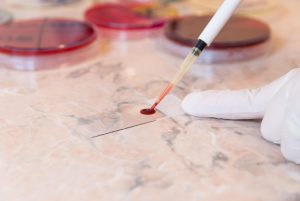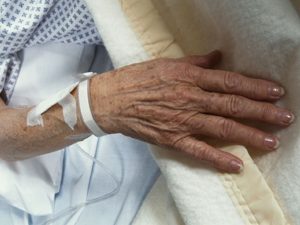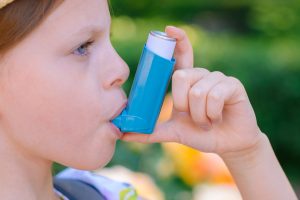
U.S. rates of suicide by all methods rose steadily for adolescents between 1999 and 2020, a new analysis shows. During those two decades, over 47,000 Americans between the ages 10 and 19 lost their lives to suicide, the report found, and there have been sharp increases year by year. Girls and minority adolescents have charted especially steep increases in suicides, said a team led by Cameron Ormiston, of the U.S. National Institute on Minority Health and Health Disparities. “An overall increasing trend was observed across all demographics,” the researchers wrote in a study published March 29 in the journal JAMA Network Open. The findings were based on federal death certificate data from 1999 through 2020. By race, sex and means of suicide, some troubling trends stood out. For example, while deaths from drug (or other substance) overdose rose by 2.7% per year between 1999 and 2020 among all adolescents, it rose by 4.5% per year among girls, specifically. That trend has only accelerated in recent years: Between 2011 and 2020, suicides by overdose jumped 12.6% per year among female adolescents, Ormiston’s group reported. All of this suggests that “adolescents are finding more lethal means of poisonings, contributing to an increase in deaths by suicide,” they said. And while suicides using guns rose 5.3% per year during 1999 to 2020 among boys, it increased even more… read on > read on >










